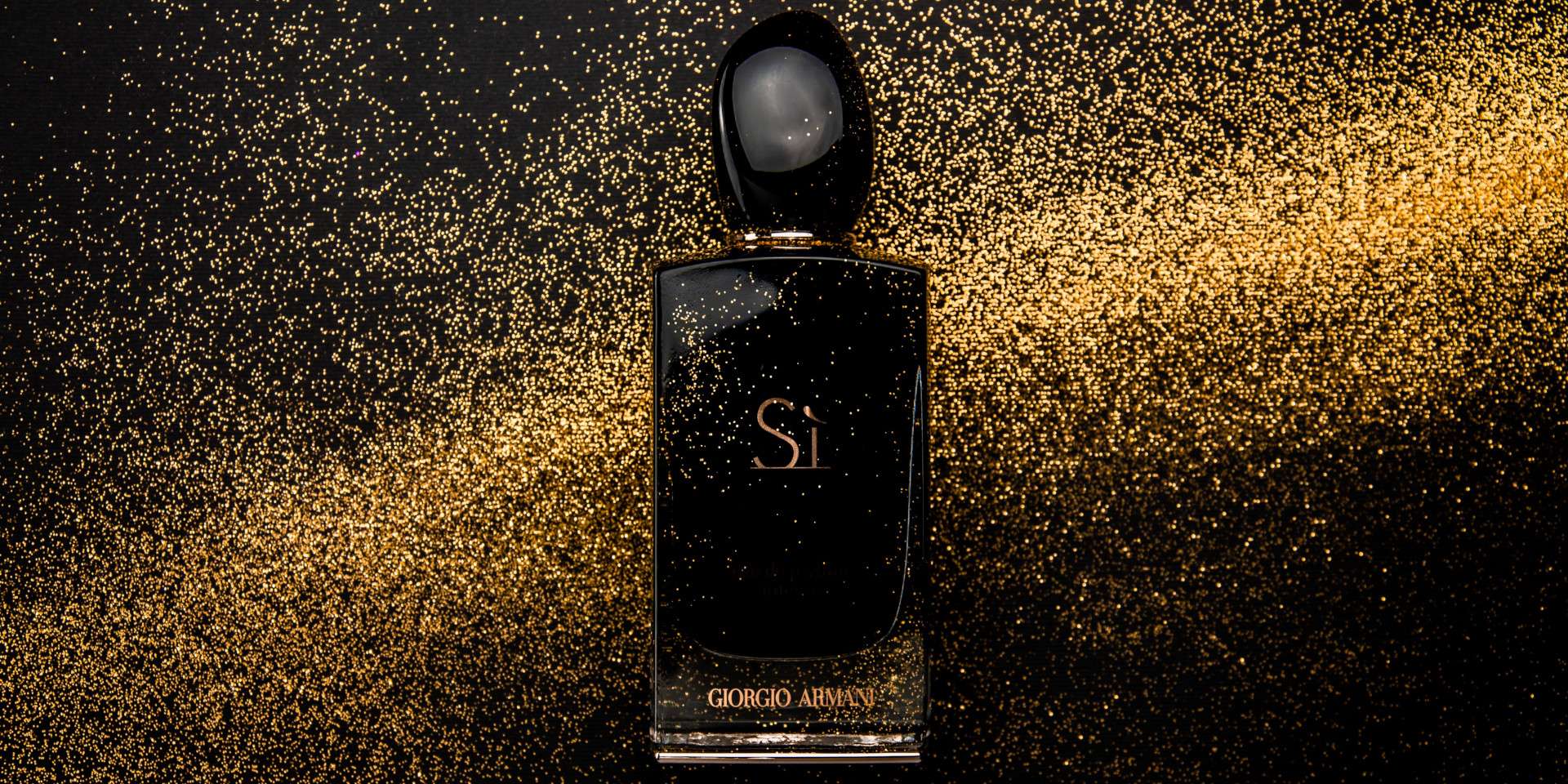
Most people approach every cologne and perfume as its own unique, unified scent. Nautica Voyage smells like “Nautica Voyage,” Lacoste Essential smells like “Lacoste Essential,” and Creed Aventus smells like “Creed Aventus.” That’s fine. You don’t have to go any deeper than that to enjoy fragrances—find what you like and move on.
But if you do want to dive deeper, you’ll soon notice that certain fragrances remind you of other fragrances. Maybe Nautica Voyage and Bvlgari Aqva don’t smell alike on the surface, but there’s something similar about the two that you can’t quite pinpoint. Or maybe you wonder why you like L’Eau D’Issey but hate Burberry Brit.
It all comes down to two things: notes and accords. Understanding the significance of notes and accords is the first step to appreciating fragrances on a deeper level.
What Is a Fragrance Note?
Let’s compare two relatively simple colognes: Gold EDT by Cuba Paris and Encre Noire EDT by Lalique. Here are the “notes” in each fragrance:
Cuba Gold: Pink pepper, grapefruit, vetiver, lavender, vanilla, amber
Lalique Encre Noire: Cypress, vetiver, musk, cashmere
It’s hard to imagine what these two colognes smell like just from this description, right? You might look at Cuba Gold’s list of notes and think that it smells like citrus and soap with a touch of vanilla. You might look at Lalique Encre Noire’s notes and think that it smells like a dank sweater left out in the woods. You may not even know what “vetiver” is, so how are you supposed to know what that note smells like?
Well, here’s the thing.
Every fragrance consists of a mixture of aromachemicals, where each chemical produces a certain scent. When you smell a fragrance, you’re smelling that particular concoction of chemicals in that particular ratio, which triggers your scent receptors. All of that is interpreted by your brain as a unique, unified scent.
But as you get a whiff of Cuba Gold, you may be able to sense the spirit of grapefruit in the fragrance. As the fragrance evolves over the course of the day, the grapefruit may go away and you start to get more of a lavender-type feel. And even though it isn’t dominant, you may even think it smells faintly of vanilla—but only barely.
The notes list for a cologne or perfume is an incomplete list of individual scents that can be sensed when the full fragrance is smelled. Note the word “incomplete,” which is very important. There’s a lot more to the overall scent of a fragrance than what its notes list might imply, but those scents may not have any real-world equivalent with which to describe them. The notes you see listed for a fragrance are the most prominent ones that stick out, and you should not assume that they cover the entirety of the scent.
What Is a Fragrance Accord?
The term note is somewhat confusing in the fragrance world because it actually has two different but related meanings. Unfortunately, people use the two interchangeably, which has inevitably led to many misunderstandings and much frustration.
The first meaning is how we used it earlier in this article: a note is a particular, individual scent that you can identify in a fragrance that gets marketed as part of its list of notes. When you see terms like top notes, heart notes, and base notes, that’s how this term is being used.
The second meaning, which is more pedantically correct: a note is the particular scent produced by a single aromachemical. For example, the aromachemical called hedione gives off a rich jasmine-like scent, so we say that it has a “jasmine note.” The important thing to know is that a note only comes from a single aromachemical.
But not all scents can be produced using a single aromachemical. For example, did you know there’s no single compound that smells like strawberries? What we know as the “strawberry smell” is actually many aromachemicals working in unison so well together that we can no longer distinguish the individual notes but instead interpret it as a single new scent. These are what are called accords: when multiple notes combine and produce new scents. (To replicate the strawberry smell in fragrances, perfumers use a mixture of butter, grass, apple, and cotton candy notes. Interesting, isn’t it?)
So when you see scents like “musk” and “amber” listed on the notes list for a cologne, technically the musk scent is a note (comes from one single compound) while the amber scent is an accord (comes from a mixture of multiple compounds).
Notes and Accords Are Not Ingredients
Here’s where it gets slightly tricky.
The notes list for a fragrance should not be read as a list of its ingredients. Suppose you see three different colognes that each contain jasmine on their notes lists. That doesn’t necessarily mean that the jasmine note comes from the same exact aromachemical in each one. The first cologne might contain a compound extracted directly from jasmine; the second cologne might contain a synthetic compound that mostly replicates the jasmine extract; the third cologne might not even be trying to smell like jasmine but contains a certain aromachemical that smells like a different element in the jasmine plant and therefore gets written in the notes list as jasmine even though it’s not even the same scent as the first two colognes.
Which kind of poses a problem for consumers like you and me, doesn’t it? The notes listed for a given fragrance may not be the same note you’re thinking of when you read that list. And not only do we not know which compound (or compounds) is producing the scent, we also don’t know how strong that jasmine note is for a given fragrance. Is it just a faint bit of jasmine in the background? Or does jasmine play a prominent role up front? You can’t know just by looking at the notes list.
And who writes the notes list, anyway? Well, it’s just some guy working for the perfumer who created that fragrance. They sniff it, they try to pick out the individual notes, and they write them down to push the product to market. You might find that you can’t even smell the jasmine in a certain fragrance with it listed, and you may be able to pick out other notes that weren’t included in the notes list.
Using Fragrance Notes Properly
For the most part, you should ignore fragrance notes. They cause more harm than good, and to be quite honest, most of the people online who talk about colognes and perfumes don’t really know what they’re talking about. Most just parrot what they’ve heard elsewhere.
Here’s how I use fragrance notes:
I experience many different fragrances with my own nose, either using samples from mall perfume shops or ordering fragrance decants online. When I find one I like, I check out its notes list and try to figure out what it is I like about the fragrance. After a while, I might spot a pattern—perhaps I’m a fan of amber colognes. I can then use that information to search and find other potential colognes that I might like.
I never use fragrance notes to assume or predict what a cologne or perfume will smell like. I also never use fragrance notes to dismiss colognes and perfumes outright. Even if I hate the smell of patchouli, you never know how much patchouli or what kind of patchouli is in a given fragrance even though it might be listed in the notes. There are many awesome fragrances you could miss out on if you dismiss them too quickly.









